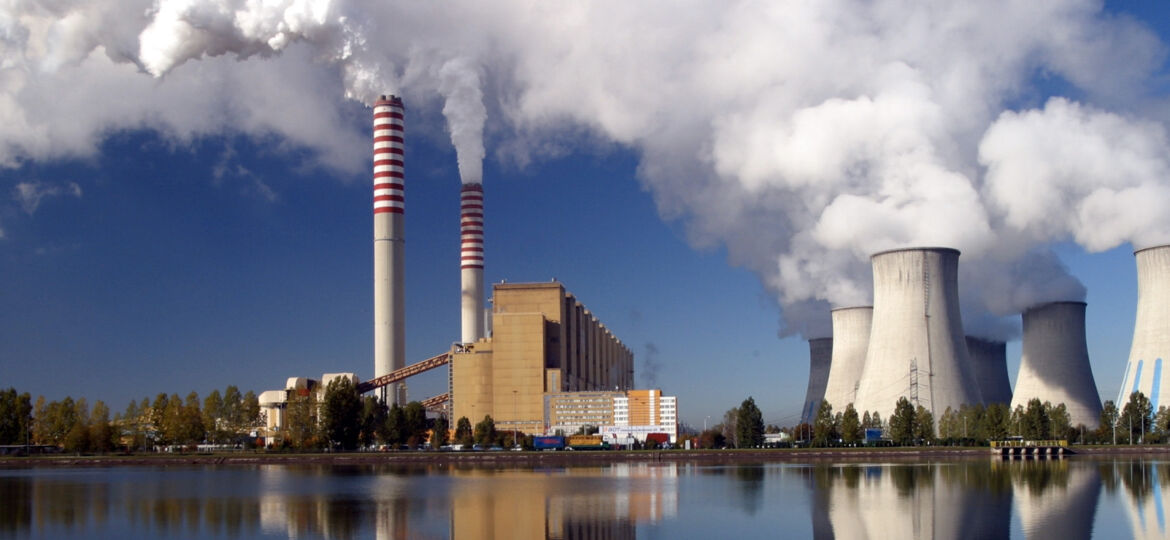
WHY THIS MATTERS IN BRIEF
- The Paris Climate Accord, and more accessible, feasible and affordable renewable energy technologies appear to finally spurring government to embrace new methods of power generation
Canada, who recently began trials of North America’s first Tidal power generator in Nova Scotia, will close all of its coal fired power plants by 2030 as part of its strategy to cut greenhouse gas emission under the Paris climate accord, Environment Minister Catherine McKenna announced on Friday.
The plants, located in four provinces, produce about 10 per cent of Canada’s total CO2 emissions, and closing them will remove the equivalent in emissions of 1.3 million cars from roads, or five megatons of greenhouse gas emissions, she told a press conference.
“As part of our government’s vision for a clean growth economy, we will be accelerating the transition from traditional coal power to clean energy by 2030,” she said.
With an abundance of hydroelectric power, as well as nuclear, solar and wind power, 80 per cent of Canada’s electricity production emits no air pollution.
McKenna said she aims to ramp that up to 90 per cent by 2030. Citing National Energy Board figures, she noted that wind power-generating capacity increased twenty-fold in the past decade while solar capacity rose 125 per cent.
The minister, however, added that carbon capture would be an acceptable substitute to closing a plant if Alberta, New Brunswick, Nova Scotia or Saskatchewan province wished to continue burning coal.
Saskatchewan has so far resisted strong climate action because it says would harm its vast agricultural and burgeoning oil sectors so it’s testing the world’s first large-scale carbon capture and storage project which is built into a SaskPower coal-fired plant in the Canadian prairies.
Ottawa economics professor and energy policy expert Jean-Thomas Bernard, however, said efforts to capture and store coal emmissions have proven costly – Can$1.4 billion over the past ten years which would put a question mark above the technology’s long term viability.
“We’ve been talking about clean coal for 20 years and it’s not yet realized commercially so there must be major difficulties with the technology,” he said.
“Coal is a relatively small part” of Canada’s energy mix, he added.
Most of the coal plants in Canada are “quite old” and could be replaced with clean alternatives at “very reasonable costs,” he said.
Ms McKenna also set a new more ambitious goal of reducing total greenhouse gas (GHG) emissions by 80 per cent by 2050, from 2005 levels.
Environmental activists and opposition parties had until now criticized the Liberal government for having kept the previous administration’s GHG emissions reduction target of 30 per cent by 2030.
The move to accelerate weaning Canada off coal comes as Austria, Britain, Denmark, France and the Netherlands have also announced plans to do the same.
It could, however, in the wake of Trumps recent election win, put Canada on a divergent path from the United States, its neighbour and largest trading partner.
Last year’s Paris Agreement set a goal of limiting average global warming to 2.0 degrees Celsius over pre-Industrial Revolution levels by cutting greenhouse gas emissions from burning fossil fuels.
Countries including the US have pledged to curb emissions under the deal by moving to renewable energy sources.
But US President-elect Donald Trump has vowed to “cancel” the pact and boost oil, gas and coal, dismissing climate change as a “hoax” perpetrated by China.
Canadian Prime Minister Justin Trudeau’s cabinet is due to announce in the coming weeks whether it will greenlight the construction of two new pipelines to bring oil and gas to tidewater in order to ship Canada’s abundant energy resources to new overseas markets.
Most of Canada’s energy exports currently go to the United States.
Critics questioned the government’s paradoxical support for the construction of new pipelines while championing climate action.
“It is our hope that Canada’s climate action plan will include corresponding measures to address emissions from oil and gas,” Citizens for Public Justice policy analyst Karri Munn-Venn said in a statement.
















